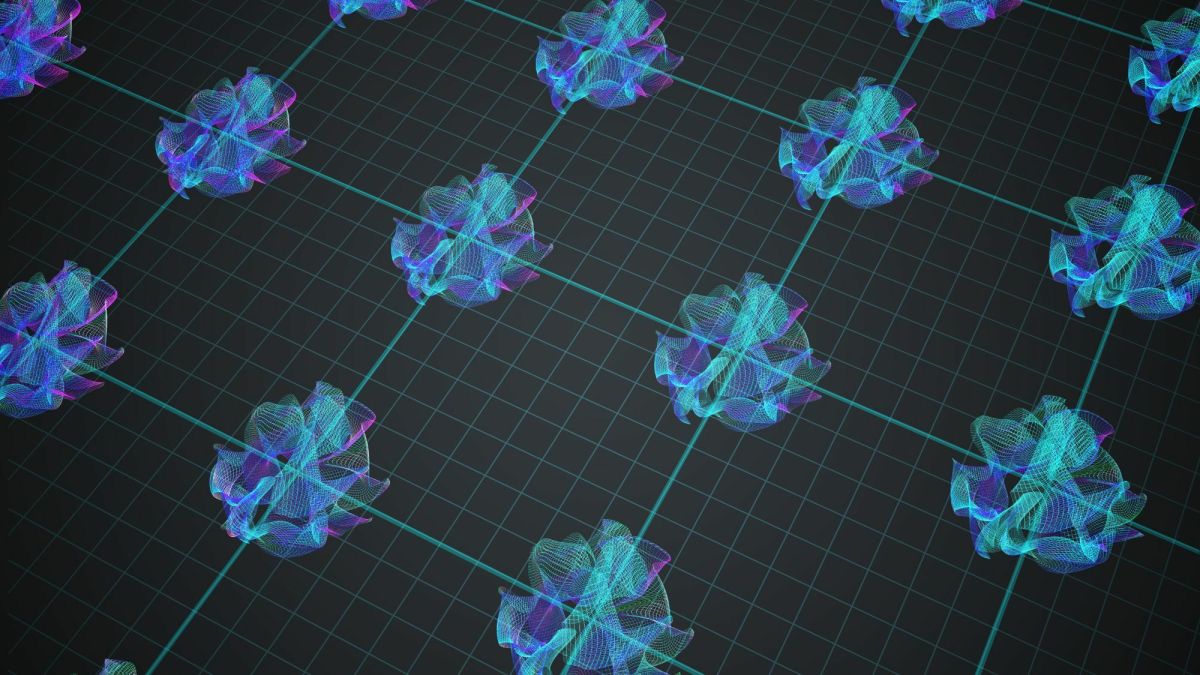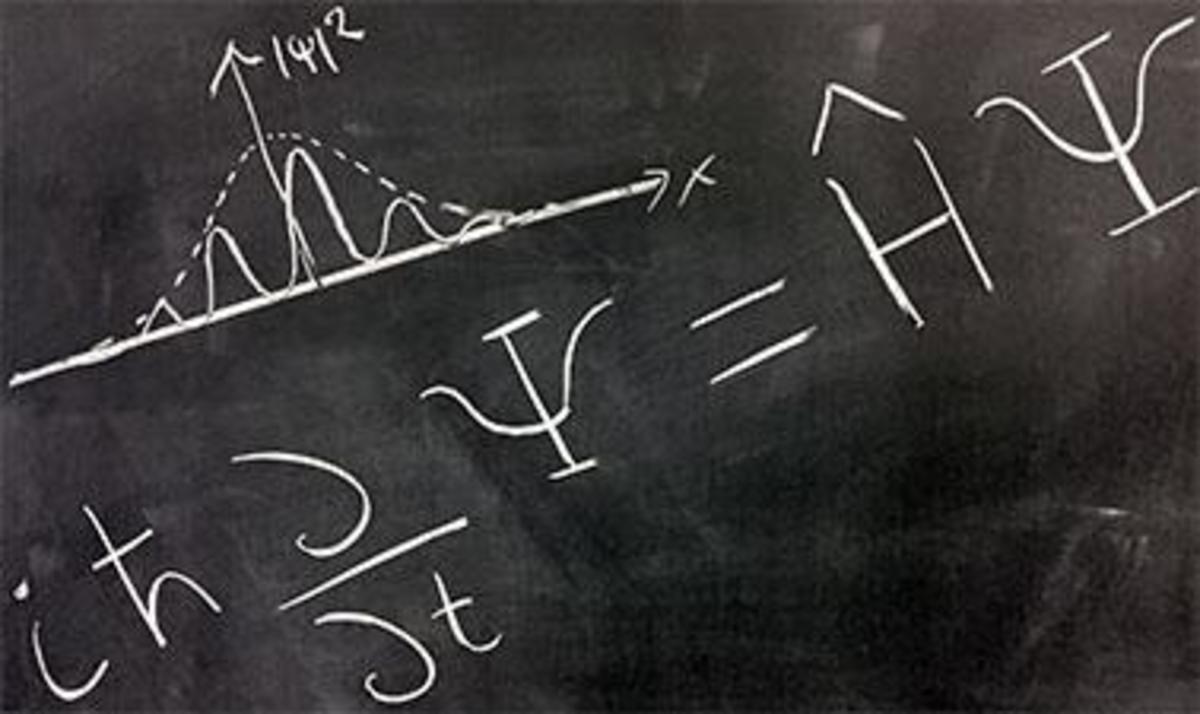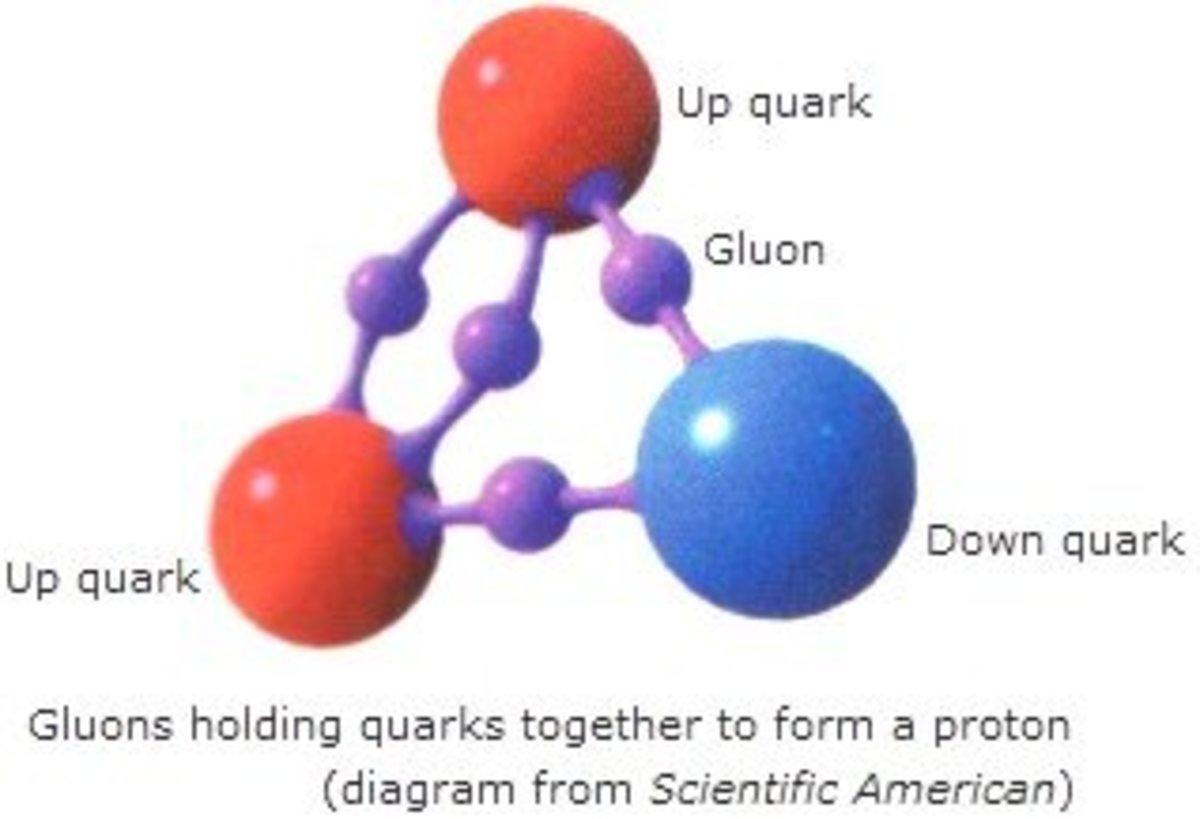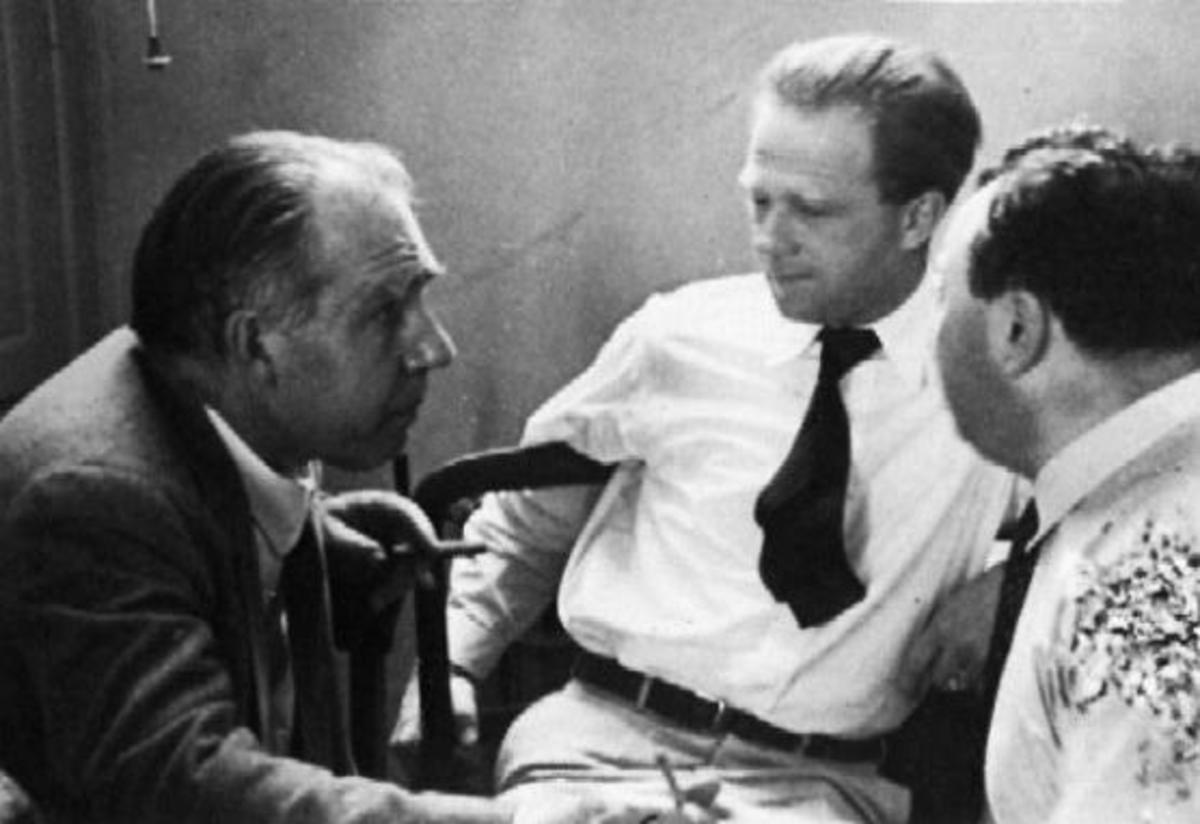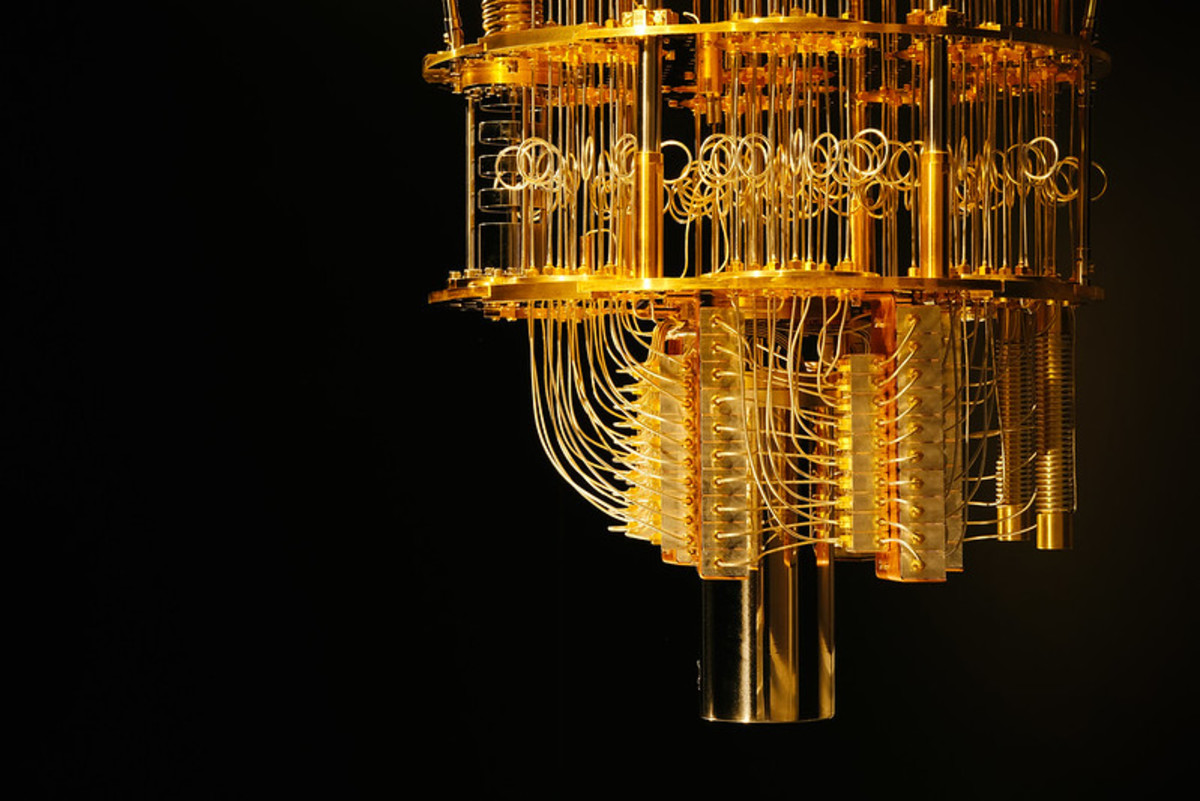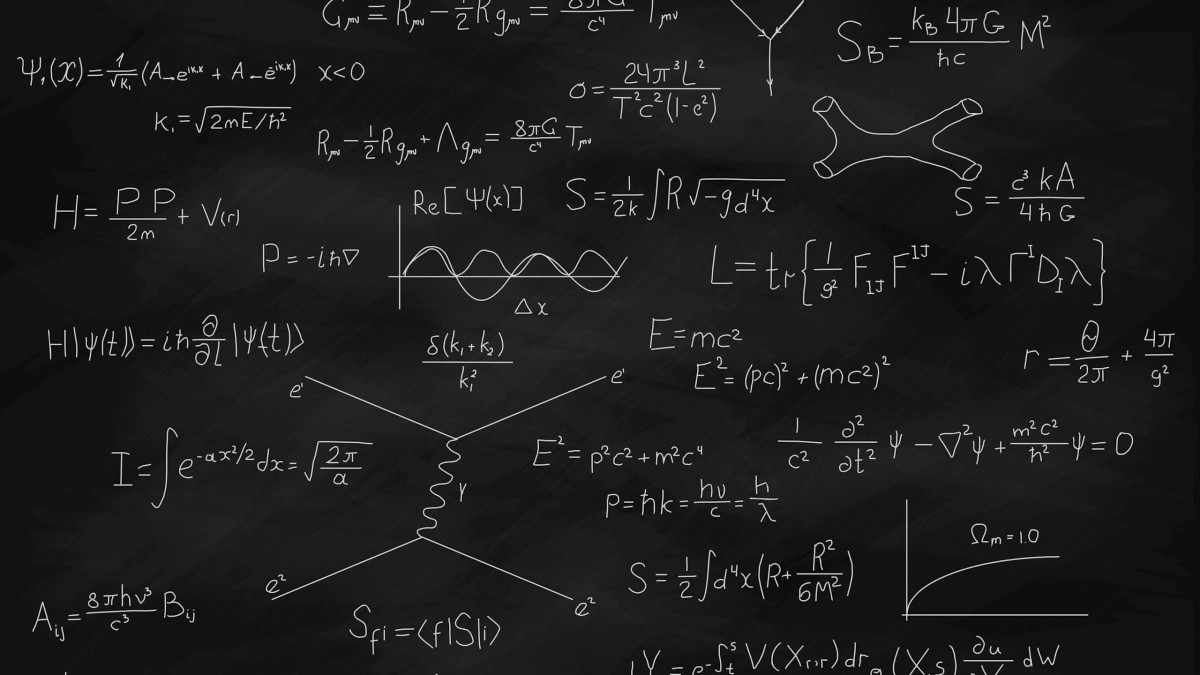The Duality of Matter and Antimatter
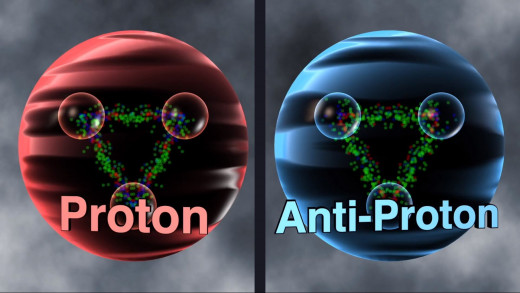
What IS antimatter?
The idea of antimatter is strange because the universe appears to be composed entirely of matter, so in contrast antimatter goes against everything we currently know of the universe.
Antimatter is defined as molecules formed by atoms consisting of antiprotons, antineutrons, and positrons. In rudimentary terms, antimatter is the mirrored image of matter. Inside atoms are spiraling electric currents, vigorous magnetic fields and electrical forces that attract some things and would repel another. With antimatter, these currents and forces exist, but the polarity is reversed. North poles are south, while positive charges are negative. So although they are similar in structure, you could magnify these atoms and antiatoms to 100 meters, apply a small amount of magnetism and the contrasting effect for each one would be observable. Because the magnet would have north to south polarity, it would disrupt the antiatom.

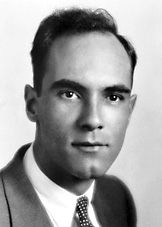
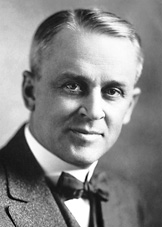
Let's continue shall we..
In 1928 Paul Dirac, Carl Anderson and Robert Millikan were the principle proposers of the idea of antimatter. They theorized that antimatter was a dense clump of massive protons, whose positive electrical charge trapped negatively charged light weight electrons, in what they called a cosmic waltz. It is only within the subatomic universe that these two antithetical forms of substance are unveiled.
Atoms are described by the laws of quantum mechanics, which predict the probability that a particular atom will do this or that, so when large numbers of atoms are involved, Newton's law of certainty emerge from the underlying quantum rules. It's within individual atoms that an oscillating (or bipolar) nature of matter creeps and it is there that the quantum laws rule. When combined with Einsteins theory of relativity, it reveals that just one form of matter is not sufficient: the act of creation in the Big Bang must have made two counter balanced varieties. According to theory, the Big Bang should have created equal quantities of matter and antimatter. When matter and antimatter connect, they annihilate one another and all that remains is the energy. On this basis, none of us should actually exist. So why are we here? As far as physicists can tell for the moment, it's only because after everything was said and done, there was one extra matter particle for every billion matter-antimatter pairs. It is primarily theorized that the same antimatter that could have prevented our very existence, is still lurking in space. The research of antimatter left over from the Big Bang is just one way scientists are trying to solve the antimatter-matter asymmetry problem.
The Alpha Magnetic Spectrometer (AMS) is a particle detector located atop the International Space Station that searches for remnants of antimatter particles. AMS consists of magnetic fields that bend the path of cosmic particles to sort matter from antimatter. So the particles that pass through are evaluated and identified. Observation of just a single antihelium nucleus would be firm evidence for the existence of a large amount of antimatter else where in the universe, though it is unlikely we will detect any remnants of antihelium atoms because of the mass amount of energy it would require.
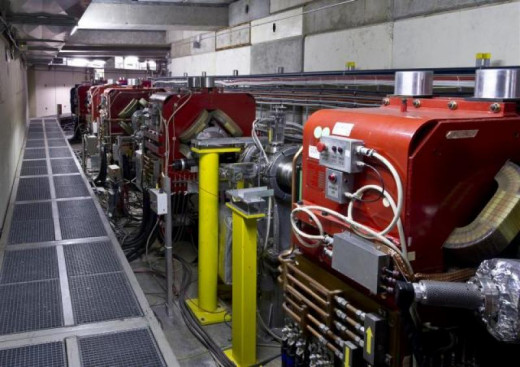
To study antimatter..
You would need to some how prevent it from annihilating with matter. One way to do this is to "trap" it. Positrons and antiprotons can be grasped in devices called penning traps, which are comparable to very small accelerators. On the inside the particles wind around as the magnetic and electric fields prevent them from colliding with the walls of the trap. Although these are effective when studying positrons and antiprotons, in contrast they will not work on neutral particles (such as antihydrogen for example), because they have no charge so they cannot be confined by electric fields but instead are held in loffe traps. These work by developing a region of space where the magnetic field expands (or grows larger) in all directions. The particle gets trapped in the area with the weakest magnetic field.
Antimatter is also studied in particle decelerators. CERN is the home of the Antiproton Decelerator, which is a storage ring that can capture and slow antiprotons to accurately study their properties and how they generally behave. You can read more about the decelerator by following the link I provided above.
Antimatter and military weaponry
For years there has been speculation that the US Air Force has been working on the development of antimatter weaponry. Utilizing antimatter in the development of this weaponry would be substantial, because of the amount of damage just a small amount of converted positron energy can do. For example, 50 billionths of a gram can trigger an explosion equivelent to 4,000 tons of TNT. Just half a gram would be explosively equivilent to 20 kilotons of energy, the size of the bomb at Hiroshima. With just this rudimentary understanding of antimatter, you could easily assume why such technology would be of interest when concerning war fare.
Antiproton Decelerator
Citations
Close, F. (2009). ANTIMATTER. Oxford University Press, New York
http://home.web.cern.ch/

